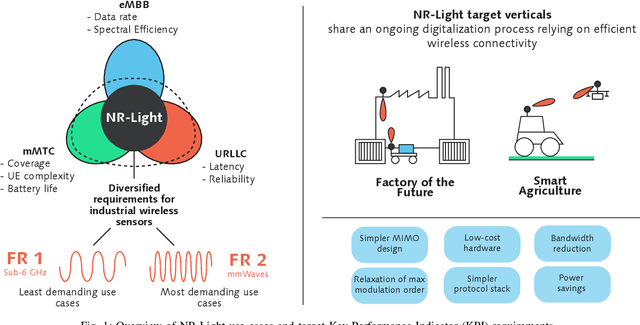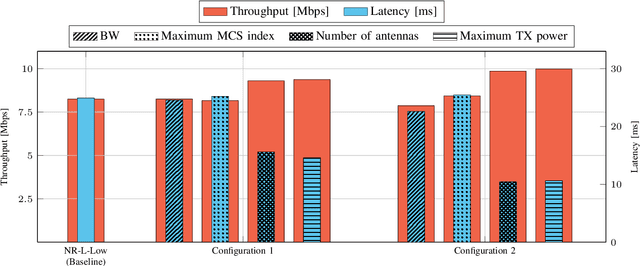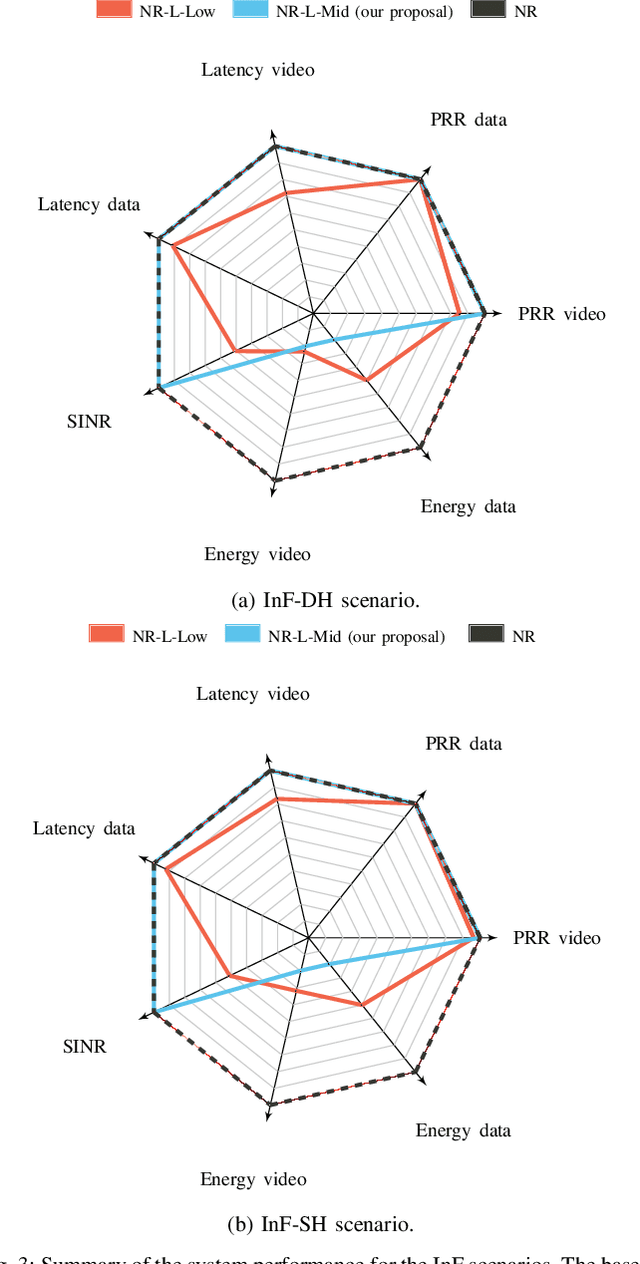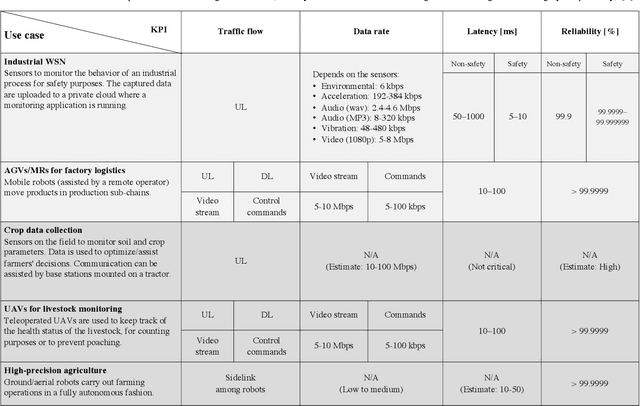Quentin Lampin
Learning Linear Block Codes with Gradient Quantization
Mar 20, 2025Abstract:This study investigates the problem of learning linear block codes optimized for Belief-Propagation decoders significantly improving performance compared to the state-of-the-art. Our previous research is extended with an enhanced system design that facilitates a more effective learning process for the parity check matrix. We simplify the input dataset, restrict the number of parameters to learn and improve the gradient back-propagation within the model. We also introduce novel optimizers specifically designed for discrete-valued weights. Based on conventional gradient computation, these optimizers provide discrete weights updates, enabling finer control and improving explainability of the learning process. Through these changes, we consistently achieve improved code performance, provided appropriately chosen hyper-parameters. To rigorously evaluate the performance of learned codes in the context of short to medium block lengths, we propose a comprehensive code performance assessment framework. This framework enables a fair comparison between our learning methodology and random search approaches, ensuring statistical significance in our results. The proposed model pave the way for a new approach to the efficient learning of linear block codes tailored to specific decoder structures.
Minimizing Energy Consumption for 5G NR Beam Management for RedCap Devices
Sep 26, 2023



Abstract:In 5G New Radio (NR), beam management entails periodic and continuous transmission and reception of control signals in the form of synchronization signal blocks (SSBs), used to perform initial access and/or channel estimation. However, this procedure demands continuous energy consumption, which is particularly challenging to handle for low-cost, low-complexity, and battery-constrained devices, such as RedCap devices to support mid-market Internet of Things (IoT) use cases. In this context, this work aims at reducing the energy consumption during beam management for RedCap devices, while ensuring that the desired Quality of Service (QoS) requirements are met. To do so, we formalize an optimization problem in an Indoor Factory (InF) scenario to select the best beam management parameters, including the beam update periodicity and the beamwidth, to minimize energy consumption based on users' distribution and their speed. The analysis yields the regions of feasibility, i.e., the upper limit(s) on the beam management parameters for RedCap devices, that we use to provide design guidelines accordingly.
Can 5G NR-Light Operate at Millimeter Waves? Design Guidelines for Mid-Market IoT Use Cases
Sep 30, 2021



Abstract:5th generation (5G) systems have been designed with three main objectives in mind: increasing throughput, reducing latency, and enabling reliable communications. To meet these (often conflicting) constraints, in 2019 the 3GPP released a set of specifications for 5G NR, one of the main innovations being the support for communications in the millimeter wave (mmWave) bands. However, how to implement lower complexity, energy efficient, mid-market Internet of Things (IoT) applications is still an on-going investigation, currently led by the 3GPP which is extending the NR standard with NR-Light specifications to support devices with reduced capabilities (REDCAP). In this paper we investigate the feasibility of operating such devices at mmWaves, in view of the requirements and expectations for NR- Light applications in terms of cost and complexity, throughput, and latency. Contributions of this paper are threefold. First, we il- lustrate the potential of mmWave communication for mid-market IoT use cases. Then, we highlight and motivate the design of an NR-Light candidate interface derived from NR by a selection of features. Finally, we demonstrate the technical soundness of this interface in an industrial IoT setup via simulations.
 Add to Chrome
Add to Chrome Add to Firefox
Add to Firefox Add to Edge
Add to Edge